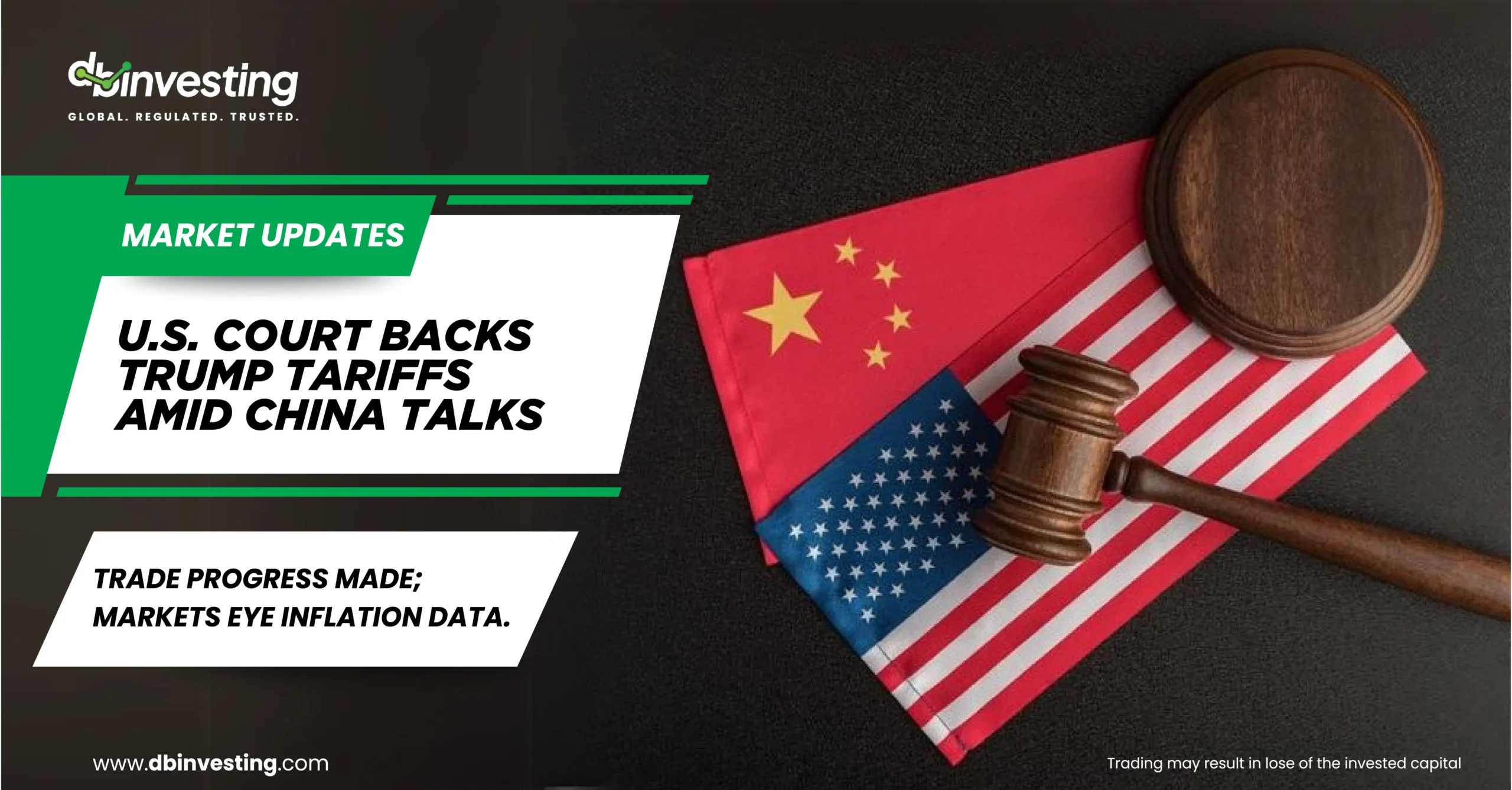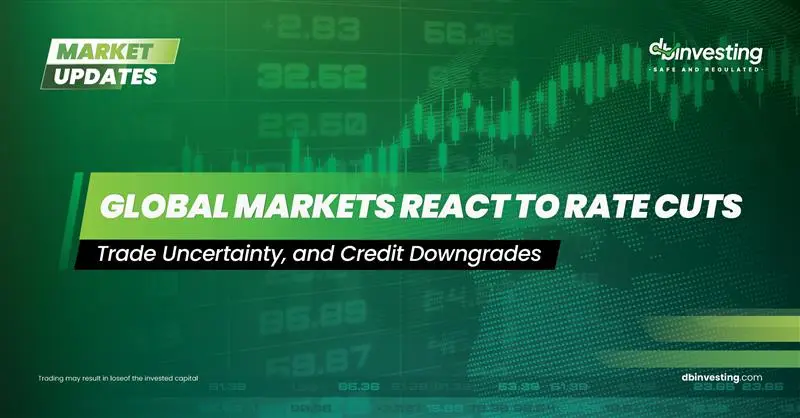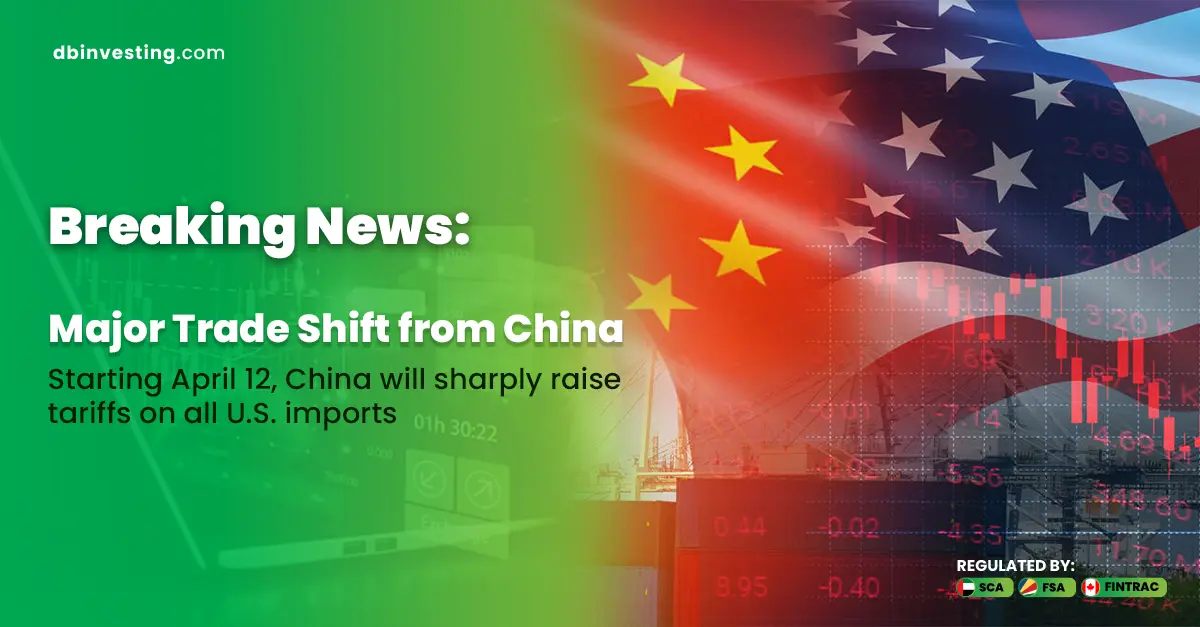ABOUT THE 'DB GROUP HOLDING'
DB Investing is a flagship brand operating under DB Group Holding Limited, a diversified financial services holding company registered in the Abu Dhabi Global Market (ADGM). The Group brings together multiple licensed subsidiaries, each contributing to a shared mission of delivering innovative, transparent, and secure investment solutions globally.
Below is the list of entities that are part of the DB Group.
DB Invest Limited is a Security Dealer registered, authorized and regulated company by the Financial Services Authority (FSA) in Seychelles with license SD053. Abis Centre, Office 15, Avenue D’Arhoa, Providence Industrial Estate. Mahè, Seychelles
DBInvest Financial Services LLC, registered, authorized and regulated company by the Securities & Commodities Authority (SCA) in the United Arab Emirates with license 20200000197, category 5, Arrangement and advice. Emaar Square Building 4, Office 402, Downtown. Dubai, UAE.
DB Invest Limited Representative Office registered and authorized company by the Economy and Tourism Minister of Dubai (UAE) with license number 1199992.
DB Pay Ltd, an MSB-registered and authorized company by Fintrac in Canada with registration number M22286159. 1771 ROBSON STREET, 1606, VANCOUVER, British Columbia, Canada
Dubai Business Marketing Co, Al Faisaliah Tower, King Fahad Road, Olaya, Riyadh 12212, Saudi Arabia.
Enigma081 LTD, 206, Arch, Makarios III Ave., Chrysalia Building, 2nd floor, Limassol, Cyprus.
DB Capital (EU) Ltd, 19 TRIQ SAN MARK. VALLETTA, Malta
Dream Big Financial Consultation LTD, Unit no. F26, Building no. 3, Makram Ebeid ST, 6th Floor, office 17, Nasr City, Cairo, Egypt.
DISCLAIMER
Risk Warning: CFDs are complex instruments and come with a high risk of losing money rapidly due to leverage. 36.67% of retail investor accounts win money when trading CFDs with this provider. You should consider whether you understand how CFDs work and whether you can afford to take the high risk of losing your money.
Trading in financial instruments may result in losses as well as profits. Past performance does not guarantee future results. Trading in derivatives (e.g. options, futures, and swap contracts) could result in the loss of the whole capital invested. Forex, CFDs and derivatives are leveraged products and involve a high level of risk. Trading in leveraged instruments can result in losses greater than the initial invested capital. Ensure you fully understand the risks involved and seek independent advice if necessary, taking into account your investment objectives and level of experience. You should not risk more than you are prepared to lose. Never risk medical and other emergency funds, retirement savings, funds set aside for purposes such as home ownership and funds required to meet your living expenses. Please read our Client Agreement and Risk Warning carefully before conducting any trades.
Restricted Jurisdictions: We do not establish accounts to residents of certain jurisdictions including the European Union, United States or any particular country or jurisdiction where such distribution or use would be contrary to local law or regulation. For further details please see Terms & Conditions
This site is owned and operated by DB Invest Limited, a Securities Dealer licensed by the FSA with license SD053 and located at Abis Centre, Office 15, Avenue D’Arhoa, Providence Industrial Estate, Mahé, Seychelles. Enigma081 Limited has been appointed as an Independent Representative and Distributor.






